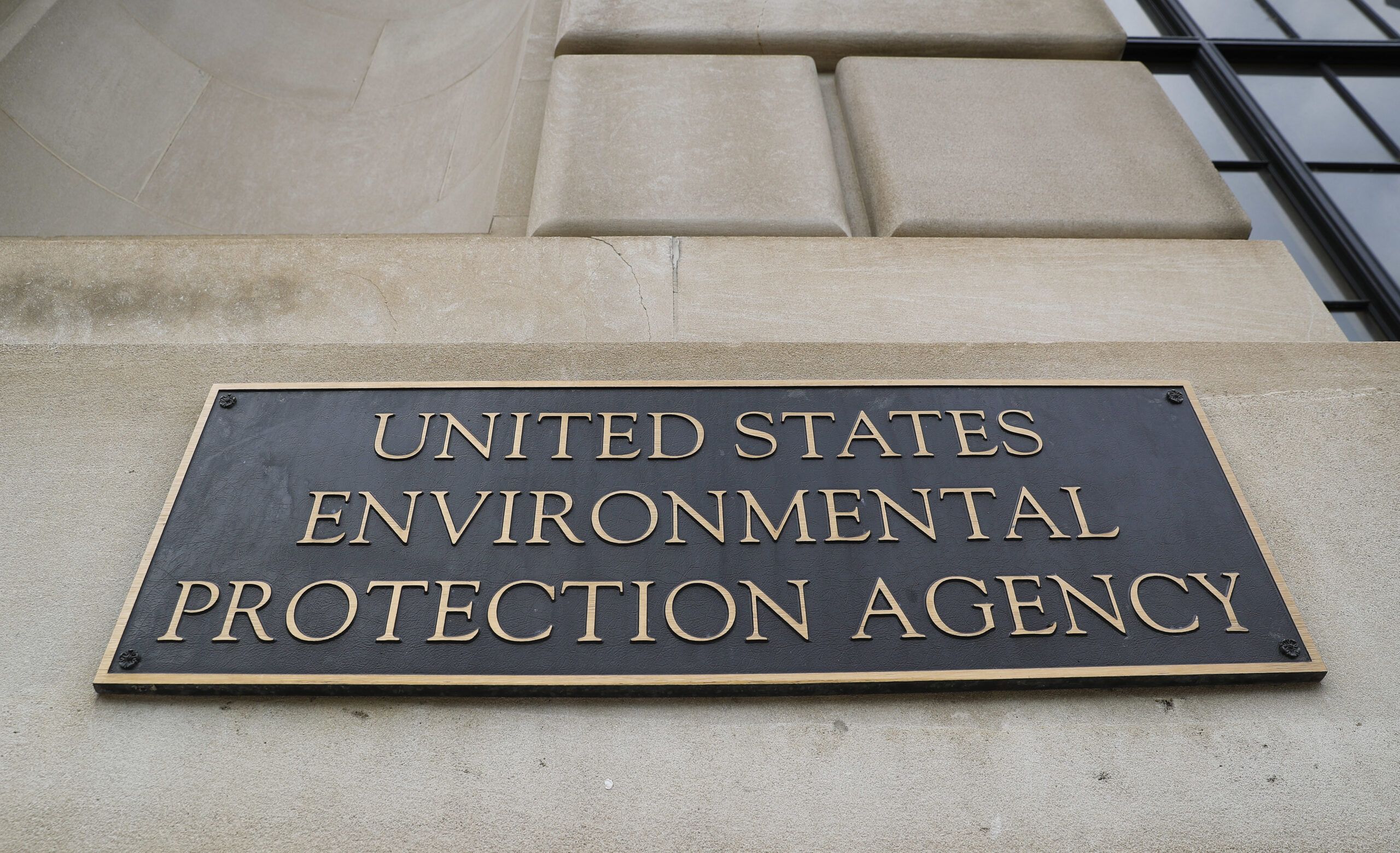The U.S. Environmental Protection Agency issued formal notices last week to Louisiana and 14 other states that failed to submit plans to reduce regional haze pollution as required by the Clean Air Act, reports Louisiana Illuminator.
The Louisiana Department of Environmental Quality will now have two years to submit a plan that is within EPA guidelines or risk leaving it to the federal government to implement its own plan for the state.
“Today’s finding is an important step towards ensuring that these states meet their obligations under the Clean Air Act to restore visibility and protect public health,” the EPA said in a press release.
Regional haze is a term used to describe air pollution that affects visibility in certain areas of interest such as national parks and federal wilderness areas. Haze forms when sunlight encounters tiny pollution particles in the air, reducing visibility and changing the natural color of the atmosphere, especially during humid conditions, according to the EPA.
Most regional haze pollution comes from industrial manufacturing operations and the burning of fossil fuels such as coal and petroleum, though it can also come from natural sources such as wind-blown dust and soot from wildfires. The federal government has been monitoring regional haze since 1988, and the EPA touts the program’s effectiveness with measurements that show significant reductions in haze at many locations across the country.
Federal laws and regulations require each state to formulate a regional haze plan about every 10 years with the goal of reducing air pollution. After states submit their haze plans, the EPA reviews them and can approve, deny or work with state officials on revisions. If no agreement can be reached, the EPA can take a more forceful step of implementing its own plan in place of the state’s.
States have had more than four years to submit their plans. The first state plans were due in 2007 and covered a 10-year period. The second planning period had an original deadline of July 31, 2018, but the agency issued a three-year extension to July 31, 2021.



